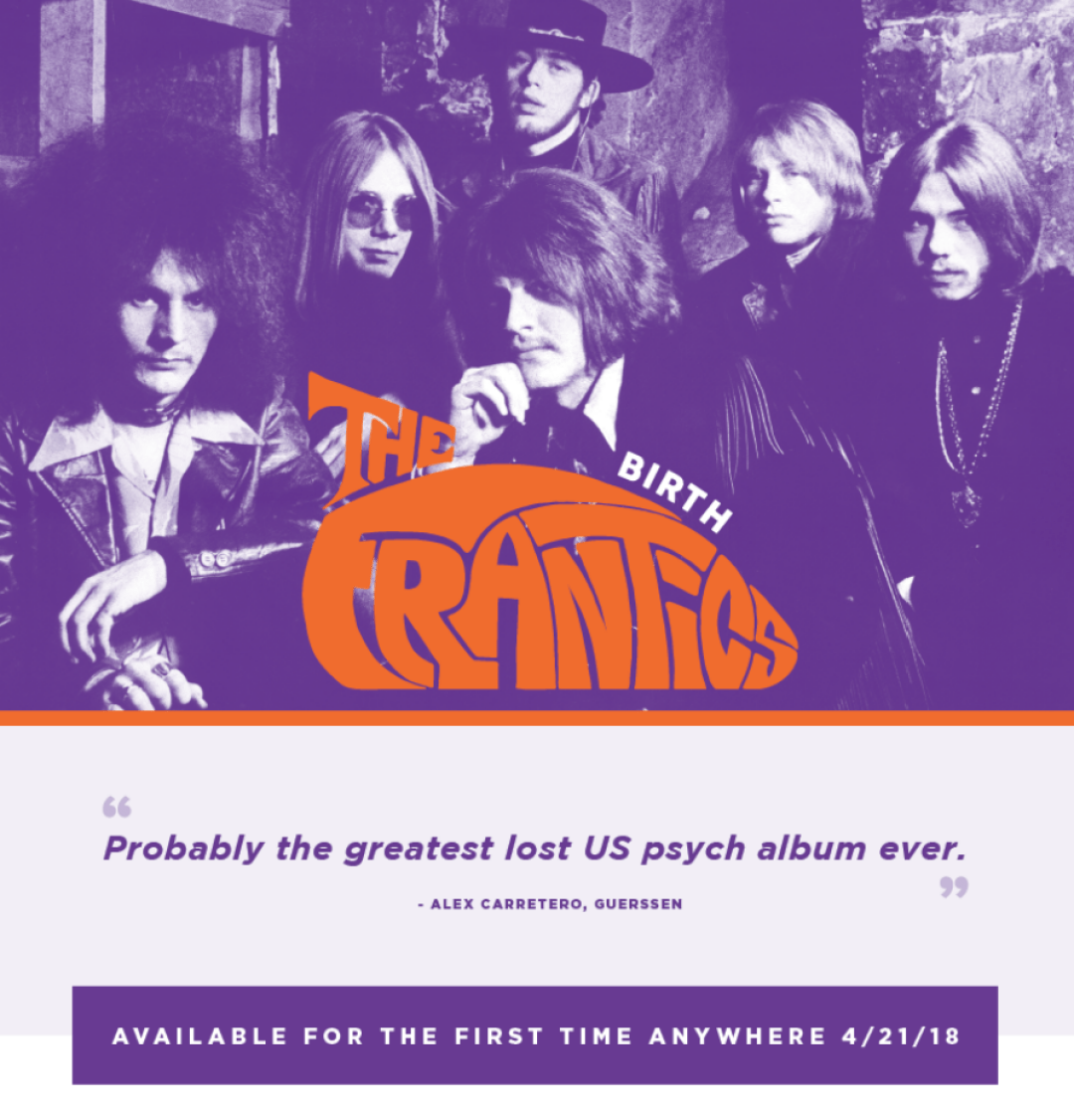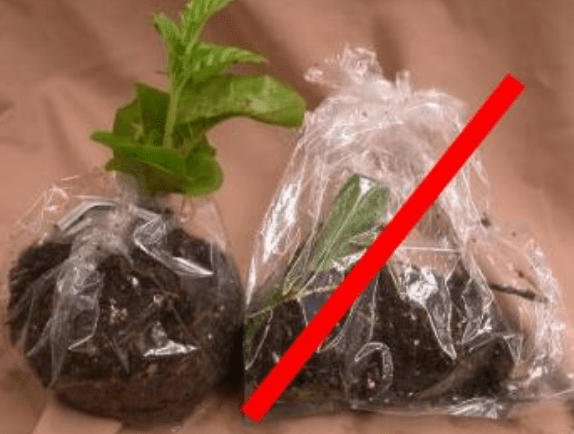Montana State University has received a pair of grants from the state of Montana to expand two current evidence-based suicide prevention programs.
The grants come after the 2017 Legislature passed, and Gov. Steve Bullock signed, House Bill 118 to provide $1 million for suicide prevention in Montana. A total of $750,000 was allocated for schools and community organizations to implement evidence-based suicide prevention programs. The remaining funds support continued implementation of the Montana Native Suicide Reduction Strategic Plan.
From those funds, MSU’s Center for Mental Health Research and Recovery received two grants: a $221,000 grant to offer an online cognitive behavior therapy depression program statewide and a $157,000 grant to implement the Youth Aware of Mental Health program within the Great Falls School District.
“We at MSU are pleased to contribute to the state of Montana’s important suicide prevention efforts,” said Dr. Matt Byerly, director of the MSU Center for Mental Health Research and Recovery. “Both of these projects have the potential to significantly impact people throughout our state in a positive way.”
The computerized cognitive behavior therapy depression program, known as Thrive-Montana, primarily uses video to deliver confidential, evidence-based care to anyone with internet access, said Mark Schure, an assistant professor in MSU’s Department of Health and Human Development, who is leading the Thrive-Montana project.
Schure said that Thrive-Montana is tailored to the needs of the person using it. The program’s responses are based on participants’ answers to a series of questions aimed at determining how much they are being impacted by depression and which aspects of the program would benefit them most. The program is further personalized in response to evaluations as participants continue using the program.
Cognitive behavior therapy – a form of psychotherapy that aims to boost happiness by focusing on emotions, behaviors and thoughts – has been shown to effectively reduce depressive symptoms, which increase thoughts of suicide and the risk of suicidal behaviors, Schure said.
The Thrive-Montana trial was launched as a pilot project in 2017. The yearlong effort included 464 people from more than 100 communities throughout the state. Schure, along with MSU Extension agents and Bill Bryan of One Montana, promoted the study and recruited adult Montanans to participate in the current trial.
Thrive-Montana is an adapted version of the original program. Based on feedback from focus groups and interviews, the program partnered with MSU’s film department to produce 10 new videos that better matched rural Montanans’ experiences and rural settings. The overall effort was guided by John Greist, a national expert in computerized mental health treatments and an affiliate faculty member of the Center for Mental Health Research and Recovery.
Because the Thrive-Montana program is delivered via the internet, it can reach individuals in nearly all areas of the state, including rural communities where it may be difficult to access mental health services, Schure said. Another benefit is that costs of computerized treatment are considerably less than traditional face-to-face care, he said.
MSU’s other grant, guided by Byerly and assistant professor Janet Lindow of the Center for Mental Health Research and Recovery, is for Youth Aware of Mental Health. YAM is a program for adolescents designed to teach mental health awareness and risk factors associated with suicide, as well as skills for dealing with adverse life events. The five-hour program, spread over three to five weeks, uses trained facilitators, interactive talks and role-playing. It also shares mental health resources with youth.
Byerly said one important component of YAM is that it is directly delivered to youth, rather than to “gatekeepers” — those people who frequently interact with youth, such as teachers, school staff and community leaders.
In 2016, MSU launched a pilot study testing YAM’s feasibility in Montana. Byerly and the YAM developers trained 12 facilitators who delivered the program’s intervention to 1,387 students in eight diverse Montana schools during the 2016-2017 school year, including schools on American Indian reservations. In addition to positive outcomes on factors related to suicide, the pilot study showed the feasibility of implementing YAM in urban, rural and tribal schools.
MSU Extension Director Cody Stone and project leader Sandy Bailey, professor and Extension specialist, partnered with the Center for Mental Health Research and Recovery recently to pilot a study of YAM delivered by Extension faculty. That effort, which is supported by grants from the U.S. Department of Agriculture’s National Institute of Food and Agriculture and Montana Mental Health Trust, allows YAM to be delivered by Extension faculty in about 15 Montana counties.
“This is a big deal, because if it is an effective approach to deliver YAM, it would be a cost-effective method of facilitator delivery,” Byerly said.
The center requested funding to expand the program to Great Falls because it is an area of the state that previously was not included in YAM projects, Byerly said. He’s confident that the grant is a sound investment.
“YAM is emerging as one of the most promising approaches for potentially reducing suicide in the U.S.,” Byerly said.









News Comments
Thank you
Open Auditions for Annie
Monday, Sep. 16, 2024
I’m at the Bozeman airport where your painting, “Blowing East” is displayed. It’s absolutely gorgeous! Bravo, Marci!!
The Artists’ Gallery in Bozeman’s Emerson Cultural Center May Exhibits
Sunday, Jun. 30, 2024
This is so typical of a sign in, which we should not have to do to check if we or some one in our party got a permit. I have been working or "creating an account" for 30 minutes and just get the same ...
Smith River permit drawing results available
Sunday, Mar. 10, 2024
I have struggled with this podcast and my own participation therein, the event itself obviously traumatic, but beyond that my inability to reach anyone and convey anything resembling truth. The person ...
Billings, MT Case Becomes True Crime Podcast | 'An Absurd Result'
Marktokarski
Saturday, Jan. 20, 2024